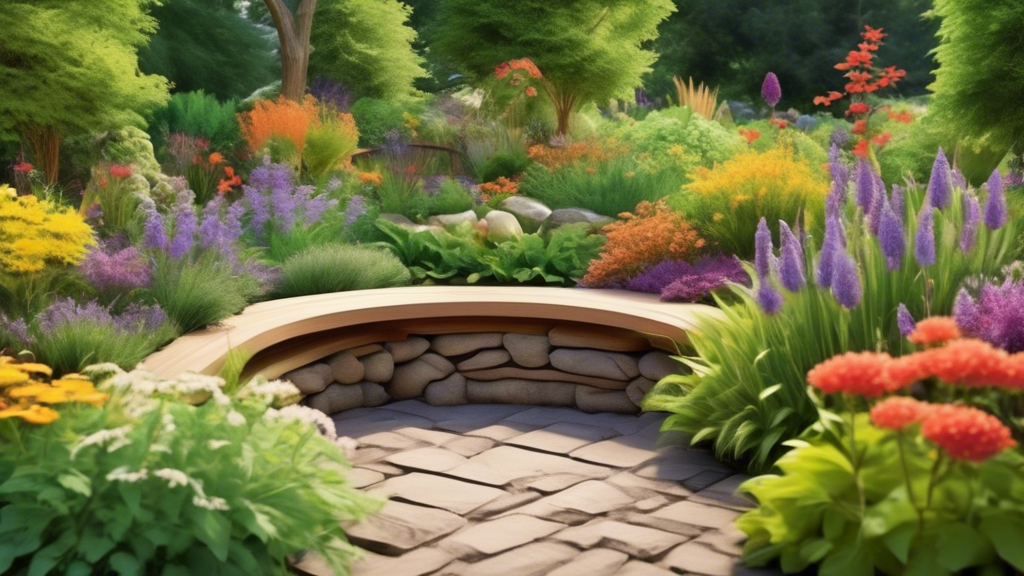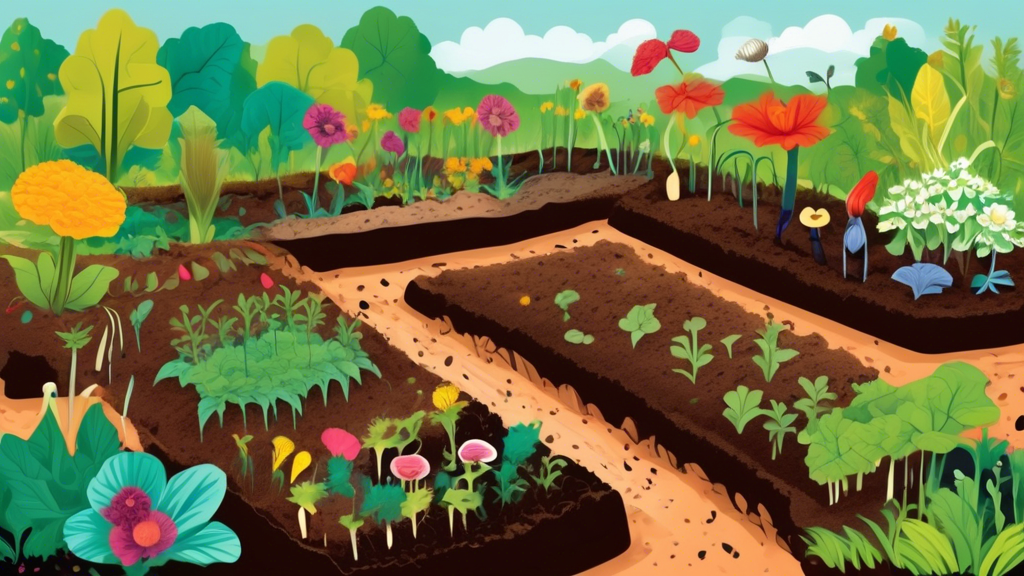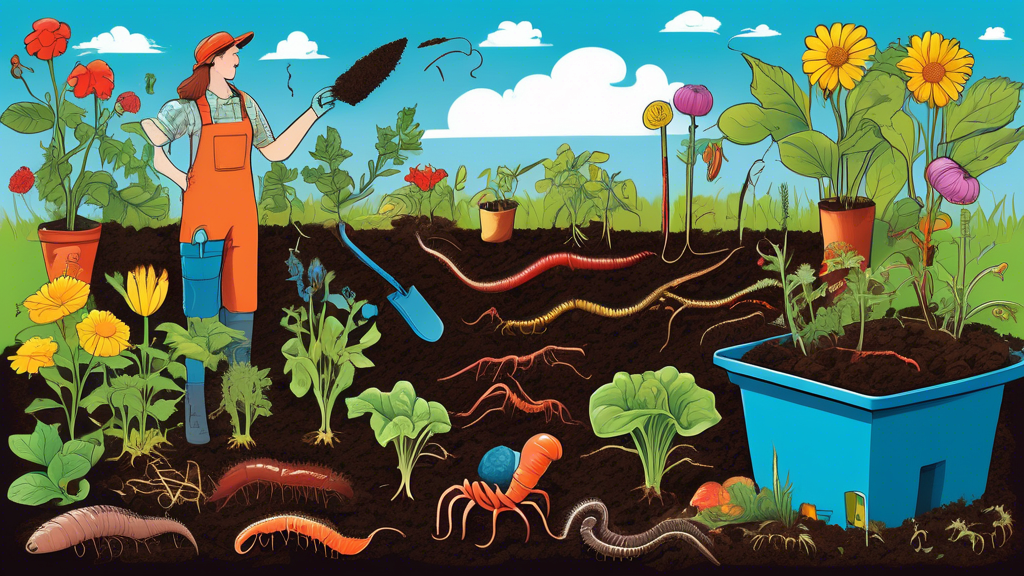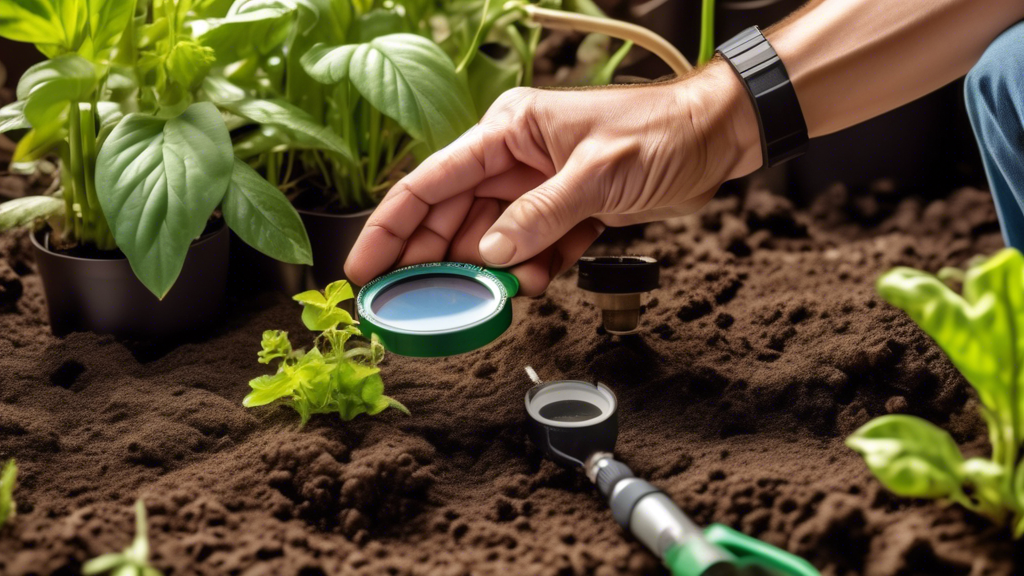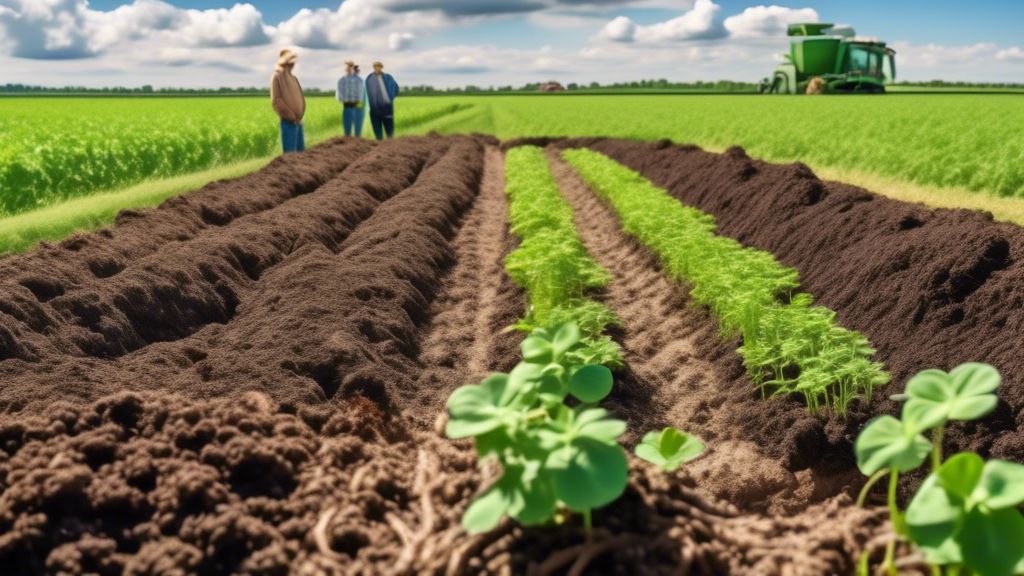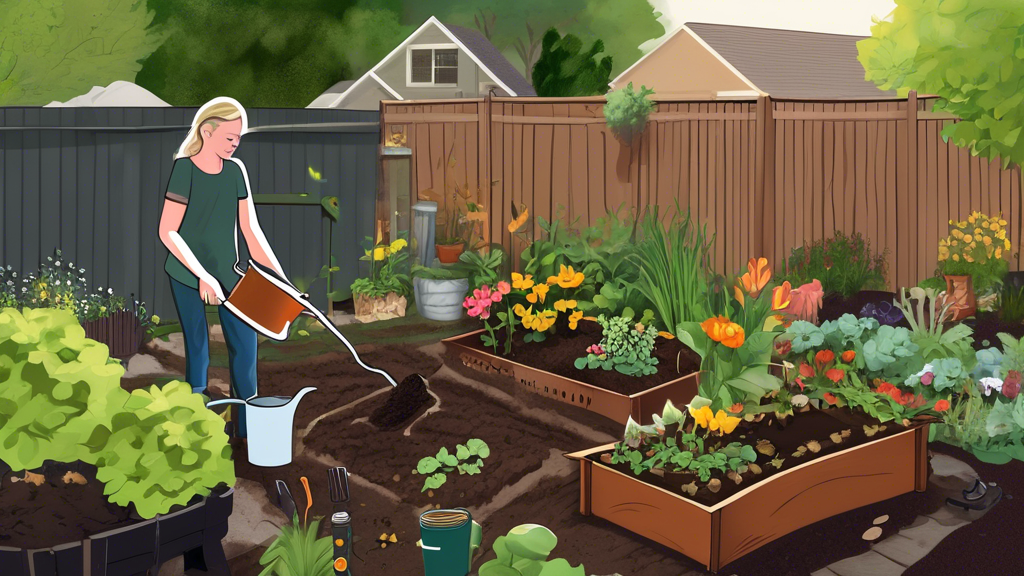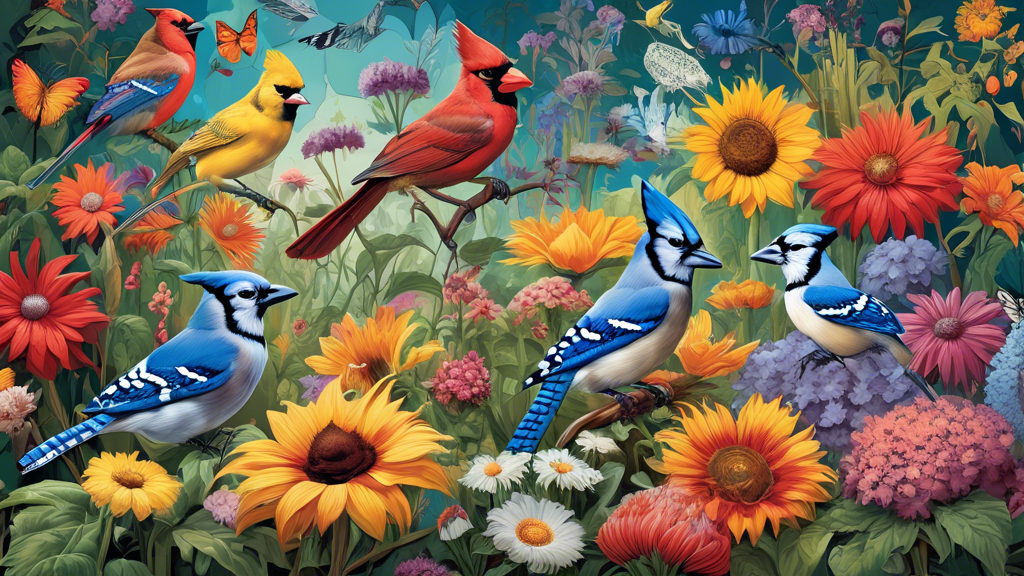
Why Your Garden Needs Birds and Butterflies
Beyond Beauty: The Ecosystem Services
Creating a garden that welcomes birds and butterflies offers far more than just visual appeal. These creatures provide essential ecosystem services. Birds act as a natural pest control, consuming vast quantities of insects that might otherwise damage your plants. Butterflies and hummingbirds are vital pollinators, ensuring the reproduction of many flowers and even some food crops. By attracting them, you contribute to a healthier, more resilient, and self-sustaining garden environment.
Common Challenges for a “Lifeless” Garden
Many gardeners face similar frustrations when trying to attract wildlife. You might have flowers, but see no visitors, leaving your garden quiet and static. The use of pesticides can be a major deterrent, eliminating the very insects you hope to attract. Often, the root of the problem is simply not knowing which plants are truly beneficial and provide more than just aesthetic value.
Foundational Principles for a Wildlife Haven
The Four Essential Needs
To successfully attract and sustain wildlife, your garden must provide four key elements:
- Food: A variety of nectar, seeds, berries, and the insects that host plants attract.
- Water: A shallow birdbath, a dripping water feature, or a damp area for “puddling.”
- Shelter: Dense shrubs, trees, and brush piles for protection from predators and harsh weather.
- Places to Raise Young: Host plants for butterfly caterpillars and safe nesting sites for birds.
Go Native: The Secret to a Thriving Ecosystem
The most effective way to support local wildlife is by planting native species. These plants have co-evolved with the birds and insects in your region, making them perfectly suited to provide the right nutrition and habitat. A unique insight many gardeners miss is that many non-native ornamental plants are “ecologically sterile.” They may be beautiful, but they often offer little to no nectar or pollen, and, crucially, they do not support the specific caterpillar host species that butterflies need to complete their life cycle. By planting natives, you support reproduction, not just feeding.
Top Plants for a Butterfly Paradise
The Best Nectar Plants for Adult Butterflies
These plants are excellent for providing the high-energy nectar that adult butterflies need.
- Coneflower (Echinacea): A sturdy, drought-tolerant perennial with a perfect landing pad for butterflies.
- Butterfly Bush (Buddleia): A prolific bloomer that acts like a butterfly magnet. (Opt for sterile varieties to prevent invasiveness).
- Lantana: Offers continuous blooms from spring to fall, adored by swallowtails and others.
- Bee Balm (Monarda): Its unique, tubular flowers are a favorite of many butterfly species.
Essential Host Plants (Caterpillar Food)
To sustain butterfly populations, you must provide food for their caterpillars.
- Milkweed (Asclepias): The *only* host plant for Monarch caterpillars. Essential for their survival.
- Parsley, Dill, Fennel: Host plants for the elegant Black Swallowtail.
- Spicebush: The exclusive host for the Spicebush Swallowtail caterpillar.
Top Plants for a Bird Sanctuary
Berry and Seed Producers
Birds are attracted to reliable food sources, especially in the fall and winter.
- Sunflowers (Helianthus): A classic source of seeds for finches, chickadees, and cardinals.
- Coneflower (Echinacea): When seed heads are left standing in fall, they become a gourmet treat for goldfinches.
- Serviceberry (Amelanchier): Provides early-season berries and beautiful fall color.
- Oak Trees (Quercus): A powerhouse host, supporting over 500 species of caterpillars, which are a primary food source for raising baby birds.
Nectar for Hummingbirds
These plants have the tubular, nectar-rich flowers that hummingbirds crave.
- Bee Balm (Monarda): Its shape is perfectly adapted for hummingbird beaks.
- Cardinal Flower (Lobelia cardinalis): A brilliant red beacon that hummingbirds cannot resist.
- Salvia (e.g., Salvia greggii): Long-blooming, drought-tolerant, and a hummingbird favorite.
Plant Comparisons for Your Garden
Native vs. Non-Native: Which is Better for Wildlife?
| Native Plants | Non-Native Plants |
|---|---|
| Superior for supporting the full life cycle (especially caterpillars). | Can provide nectar but often lack ecological connections for reproduction. |
| Generally lower maintenance and better adapted to local conditions. | Some can become invasive and crowd out beneficial native species. |
Annuals vs. Perennials for Season-Long Blooms
| Annuals (e.g., Zinnias, Pentas) | Perennials (e.g., Coneflower, Bee Balm) |
|---|---|
| Provide a quick, season-long burst of color and nectar. | A long-term investment that returns yearly. |
| Excellent for filling gaps and adding instant impact. | Establishes a reliable, long-term food source for wildlife. |
Designing Your Bird and Butterfly Garden
Plant in Clusters
A large block of a single color and flower type is much easier for pollinators to spot from a distance than single, scattered plants. Grouping plants together creates a “target” that is more efficient for them to forage.
Ensure Succession of Bloom
Plan your garden so that different plants are flowering from early spring to late fall. This provides a consistent food source for wildlife throughout the entire growing season, not just a brief feast.
Embrace a “Messy” Garden
Leaving some leaf litter, spent flower stalks, and other garden “debris” over winter is not laziness—it’s conservation. These materials provide crucial shelter for overwintering butterfly chrysalises, native bees, and other beneficial insects, ensuring they survive to populate your garden in the spring.
Frequently Asked Questions
I have a small space/balcony. Can I still help?
Absolutely! A container garden with a few key plants can make a significant difference. Focus on high-impact plants like Lantana, Salvia, and a potted milkweed to attract both butterflies and hummingbirds.
Are pesticides okay to use?
It’s best to avoid them whenever possible. Pesticides are non-discriminatory and will kill the beneficial insects you’re trying to attract, including butterflies and the caterpillars that birds feed their young. Opt for organic solutions like hand-picking pests or using insecticidal soap only as a last resort.
Why are butterflies landing on my soil or a puddle?
This behavior is called “puddling.” Male butterflies gather at damp soil to sip water and absorb essential minerals like sodium and amino acids. They then transfer these nutrients to the female during mating, which improves egg viability and reproductive success.
What is the single best plant I can start with?
For a plant that provides immediate benefits to both birds and butterflies and is incredibly easy to grow, start with a Coneflower (Echinacea). It offers nectar for butterflies and its seed heads provide food for birds in the fall and winter.
